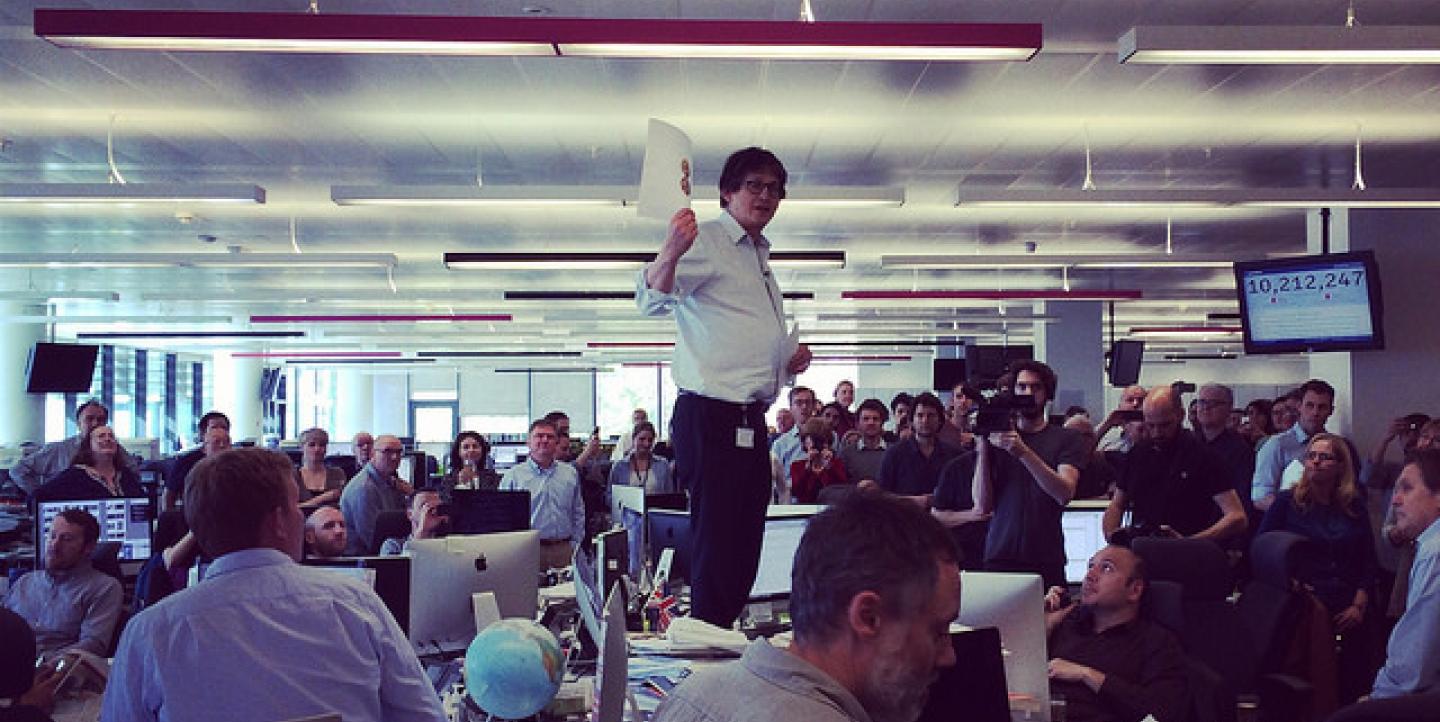Though reporters tend to get all the credit for deep investigative journalism, an editor’s contribution is integral to a story’s success. In the best investigative journalism, an editor’s work begins when a reporter presents an idea and extends to how readers experience the story.
“When we don't care for the process and the final impact of the text, stories stay at just an acceptable level,” said Mexican editor Ignacio Rodríguez Reyna of Revista Emeequis.
Last week, Rodriguez spoke in Tegucigalpa, Honduras, at a regional investigative journalism conference, about the process of editing investigative stories. The conference, attended by more than 100 journalists, editors and academics from 12 countries across Latin America, was hosted by the International Center for Journalists and Connectas.
Rodriguez shared nine key tips for editors to keep in mind when working on investigative journalism. Here’s our summary:
1. The job begins with knowing what stories are worth investigating. To answer that question, Rodriguez recommends five criteria:
- Originality: “If it’s not something new, why put resources into it?”
- Knowledge: To have an impact, the story should bring new information to light.
- Viability: If I can’t prove it, it’s not an article. “We’re looking for the journalistic truth,” Rodriguez said.
- Revelations: A story that doesn’t reveal something may be a perfectly good article or explanatory piece, “but it’s not an investigative story,” he said.
- Relevance: Why now? Why should the story matter to readers?
2. Ask key questions to reporters before they start the story. Like:
- How much do you know about the topic? (The ideal is that the reporter already knows a lot.)
- What are we going to reveal?
- How can we do it differently? (“We want to make the story attractive, different and irresistible to read, so people say ‘if I don’t read it, I’m missing something’,” Rodriguez said.)
- Who else might have information about this story?
3. Be clear about the story’s agenda. In the future, the journalism profession will be sustained by investigative and narrative journalism, Rodriguez said. Beyond the question of resources, it’s fundamental for editors to think, always, about how reporters’ work is “feeding the larger journalist machine,” he said.
4. Listen. Many editors don’t listen when a reporter approaches them, which can be very frustrating and hurt morale. “It’s a small detail that implies a lot,” Rodriguez said.
5. When reading the story, pay close attention. Editors should be aware of how they feel throughout the story. “If on the first read I’m not convinced, I pass to the second read,” Rodriguez said, “and do a deep structural dissection of the text.”
6. Look for “rhythm and musical harmony." Reading the story has to be like listening to a good song – with highs and lows. “It’s impossible for a text to maintain a high the whole time,” Rodriguez said. “But you’re looking for a text that seduces the reader.”
7. Write, write and write more. An impactful piece requires writing and re-writing. Period.
8. Numbers by themselves don’t say a thing. Data is important in investigative work, but Rodriguez cautions journalists not to rely too much on simple numbers. Instead, make sure they go hand-in-hand with a human story.
9. Don’t construct barriers for readers. “We should want people to arrive at the end of a story,” Rodriguez said. But paragraphs full of numbers or textual citations can create barriers that make it hard to get there. “If readers don’t get through to the end of a story, we’ve failed.”
Image CC-licensed on Flickr via Katy Stoddard

